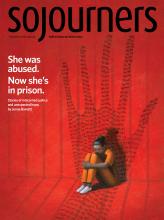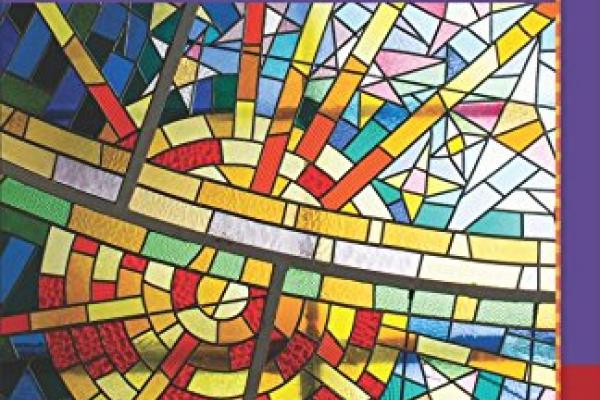MARTIN LUTHER KING JR. once famously said: “It is appalling that the most segregated hour of Christian America is 11 o’clock on Sunday morning.” And while Christian people of all varieties have repeated this quote over the years, King’s sentiment is still applicable to the U.S. church of 2017.
LifeWay Research, a firm with Southern Baptist roots, performed a study on the problem of segregated worship. According to LifeWay, two-thirds of Americans have never regularly attended a place of worship where they are an ethnic minority. And the secular Pew Research Center states that eight out of 10 U.S. churchgoers worship where a single racial or ethnic group makes up at least 80 percent of the congregation.
For those who desire to change this reality, Intercultural Ministry: Hope for a Changing World serves as an encouraging anthology. Editors Grace Ji-Sun Kim and Jann Aldredge-Clanton have assembled 15 diverse voices in ministry to give their contributions to the conversation on increasing diversity and intercultural worship in the American church.
Read the Full Article

